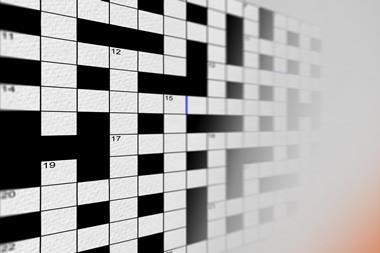Advanced Chemistry Development (ACD/Labs)
Advanced Chemistry Development (ACD/Labs)
Reviewed by Tim Claridge
University of Oxford
There are a number of reasons why the Chemistry Research Laboratory, University of Oxford, UK, decided to invest in ACD/Labs NMR Spectral Archiving, Database and Prediction software.
We produce thousands of spectra from various sources, eg NMR, IR, MS and UV spectroscopy every year. The final location of these data has been disjointed and dependent upon each research group. Some data is in the literature, some in theses, but very little of it is stored electronically. Consequently, much of the historical data has either been misplaced or is difficult to retrieve over time. Individual spectra allied to their chemical structure are problematic to retrieve. The ACD/Labs software has allowed us to create an organised, unified spectral database from which chemical structures and associated spectra can be searched by departmental staff and students alike in a simple and efficient manner.
ACD/Labs advanced NMR prediction tools and corresponding databases of spectral information taken from literature material are a strategic research tool both for students and academic staff. The benefits are numerous and include the reduced potential for spectral misinterpretation, greater confidence in structure validation, less dependence on the collection of complex NMR spectra and more efficient analysis of such spectra.
The ability to search the chemical literature for assigned chemical structures and associated NMR data is a tremendous aid to spectral assignment.
If research students and post-docs are well disciplined and incorporate their experimental proton and carbon spectra in departmental databases, the rewards in terms of efficiency in writing experimental data in reports, theses and publications are enormous. Relevant spectral properties such as chemical shifts, integrals and coupling constants, can all be efficiently accessed and tabulated in a customised report format.
The ACD/Labs database software package is intuitively designed for chemists. One of its greatest strengths is its ability to link and compare a variety of spectra for a single structure at the click of a button. As a first step we have purchased the NMR suite, but it is also possible in the future to access and inter-link NMR, IR, Raman, MS, UV and chromatographic data.
Access to this software has provided a valuable chemical resource for students and supervisors alike and we believe it will prove to be an excellent research and learning tool in an academic environment. The many capabilities of this software should enhance the way both students and academic staff work in terms of efficiency, accuracy and time-saving when utilising data from our spectroscopic facilities.












No comments yet